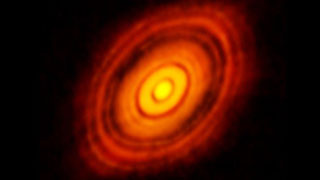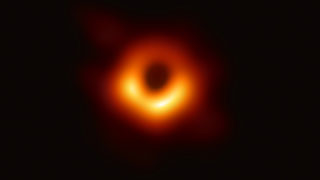ALMA Discoveries
 想像図:Credit: Jordy Davelaar et al./Radboud University/BlackHoleCam
想像図:Credit: Jordy Davelaar et al./Radboud University/BlackHoleCam
- TOP
- ALMA Discoveries
- Black Hole
Black Hole
A black hole is a massive mysterious celestial body that even light cannot escape. Black holes are ubiquitous in the Universe. In particular, supermassive black holes, which lurk at the centers of galaxies and are millions to billions of times more massive than the Sun, have attracted astronomers' attention because they impose a significant impact on the evolution of galaxies. ALMA has captured the radio waves emitted by the gas surrounding the black holes, allowing astronomers to reveal the environments and to explore the impact of the black holes on the evolution of galaxies. In addition, ALMA has made a significant contribution to the imaging of the black hole shadow in cooperation with other telescopes around the world.
 Credit: ALMA (ESO/NAOJ/NRAO), Imanishi et al.
Credit: ALMA (ESO/NAOJ/NRAO), Imanishi et al.
Rotating Dusty Gaseous Donut
A giant black hole attracts surrounding matter with its ferocious gravity and blows some of the gas far away as a jet. Such an intensely active supermassive black hole is called an "active galactic nucleus (AGN)”. Past observations have suggested that an AGN is surrounded by a doughnut-like structure of gas and dust, but previous telescopes were not able to image this structure directly. By observing the central region of a spiral galaxy M77, ALMA discovered a rotating gas structure that may trace the gas around the AGN . The gas motion, however, was much more complex than expected. This is a good example of the results of ALMA, where discovery triggers new mysteries.
News article: "Rotating Dusty Gaseous Donut around an Active Supermassive Black Hole"
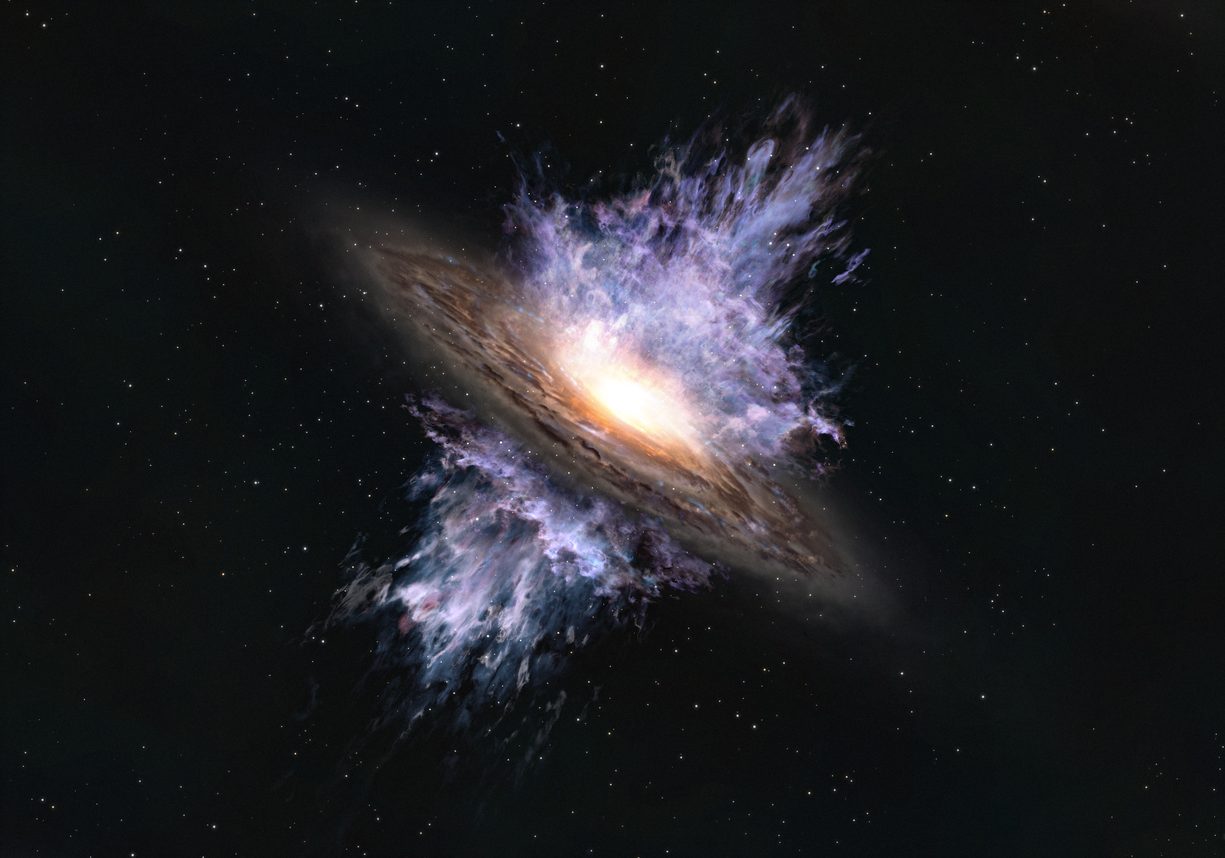 Artist's impression. Credit: ALMA (ESO/NAOJ/NRAO)
Artist's impression. Credit: ALMA (ESO/NAOJ/NRAO)
Ancient Black Hole Storm
A massive black hole at the center of a galaxy can either blow off the surrounding gas or destroy it with intense radiation from the gas disk surrounding the black hole. Because gas is the material from which stars are made and subsequently become the main constituent of galaxies, black holes have a significant impact on the evolution of galaxies. ALMA has discovered an intense "storm" in a galaxy that existed as far back as 13.1 billion years ago. The energy source is assumed to be a supermassive black hole hidden in the center of this galaxy. Galaxies and black holes have been evolving while influencing each other in the galaxy disk.
News article: "ALMA Discovers Earliest Gigantic Black Hole Storm"
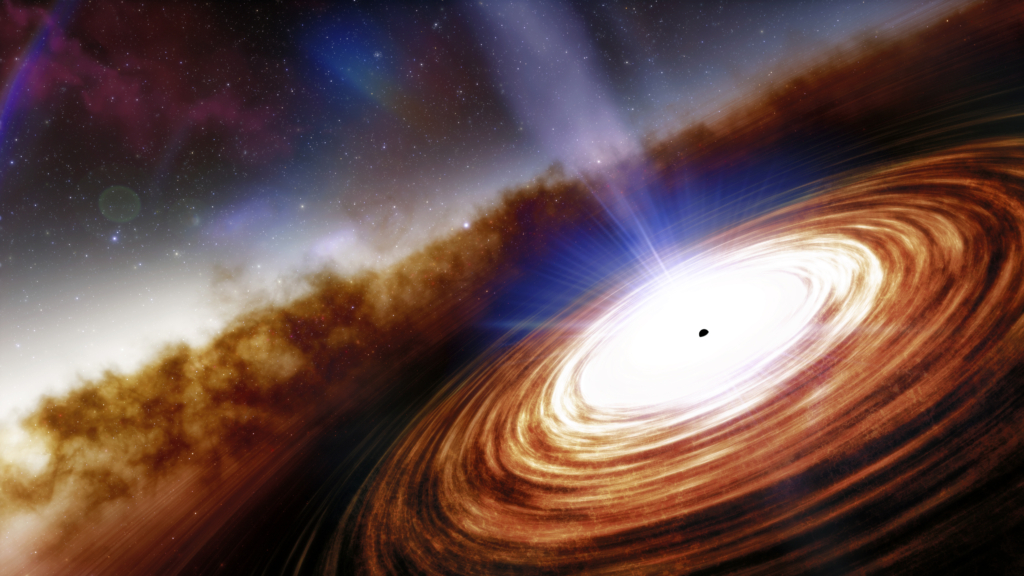 Artist's impression. Credit: NOIRLab/NSF/AURA/J. da Silva
Artist's impression. Credit: NOIRLab/NSF/AURA/J. da Silva
Origin of Supermassive Black Hole?
How and when did the supermassive black holes at the centers of galaxies come into existence? This is a great mystery that has not been solved to date. ALMA discovered a supermassive black hole in a galaxy 13.1 billion years ago: the most ancient supermassive black hole ever observed. Further analysis found that a huge black hole with a mass 1.6 billion times of the Sun was already there only 700 million years after the Big Bang. The new finding that such a huge black hole could be created in just a few hundred million years was amazing, yet at the same time resulted in new questions as to when and how these massive entities have formed.
News article: Quasar Discovery Sets New Distance Record"
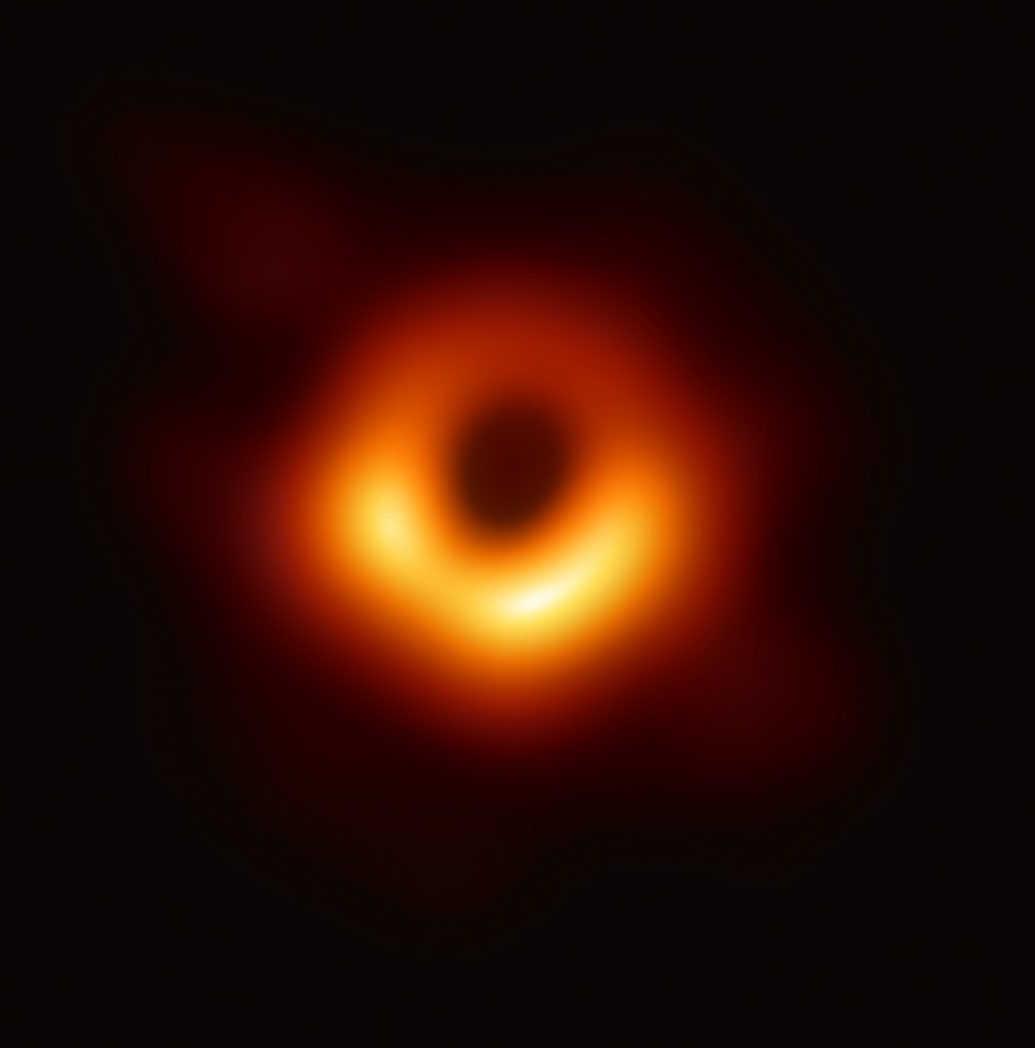 Credit: EHT Collaboration
Credit: EHT Collaboration
Imaging a Black Hole
The existence of a black hole was known for a long time, based on indirect evidence of the motion of gas and stars orbiting around it. However, no one had ever taken a picture of the black hole itself. In 2017, the Event Horizon Telescope project observed the center of the elliptical galaxy M87 using eight telescopes around the world working in tandem, including ALMA. The historic image of the black hole shadow was released in 2019. This is the first image of a black hole ever seen by humankind. ALMA had the best sensitivity of the eight participating telescopes and contributed significantly to this image.
News article: Astronomers Capture First Image of a Black Hole"


